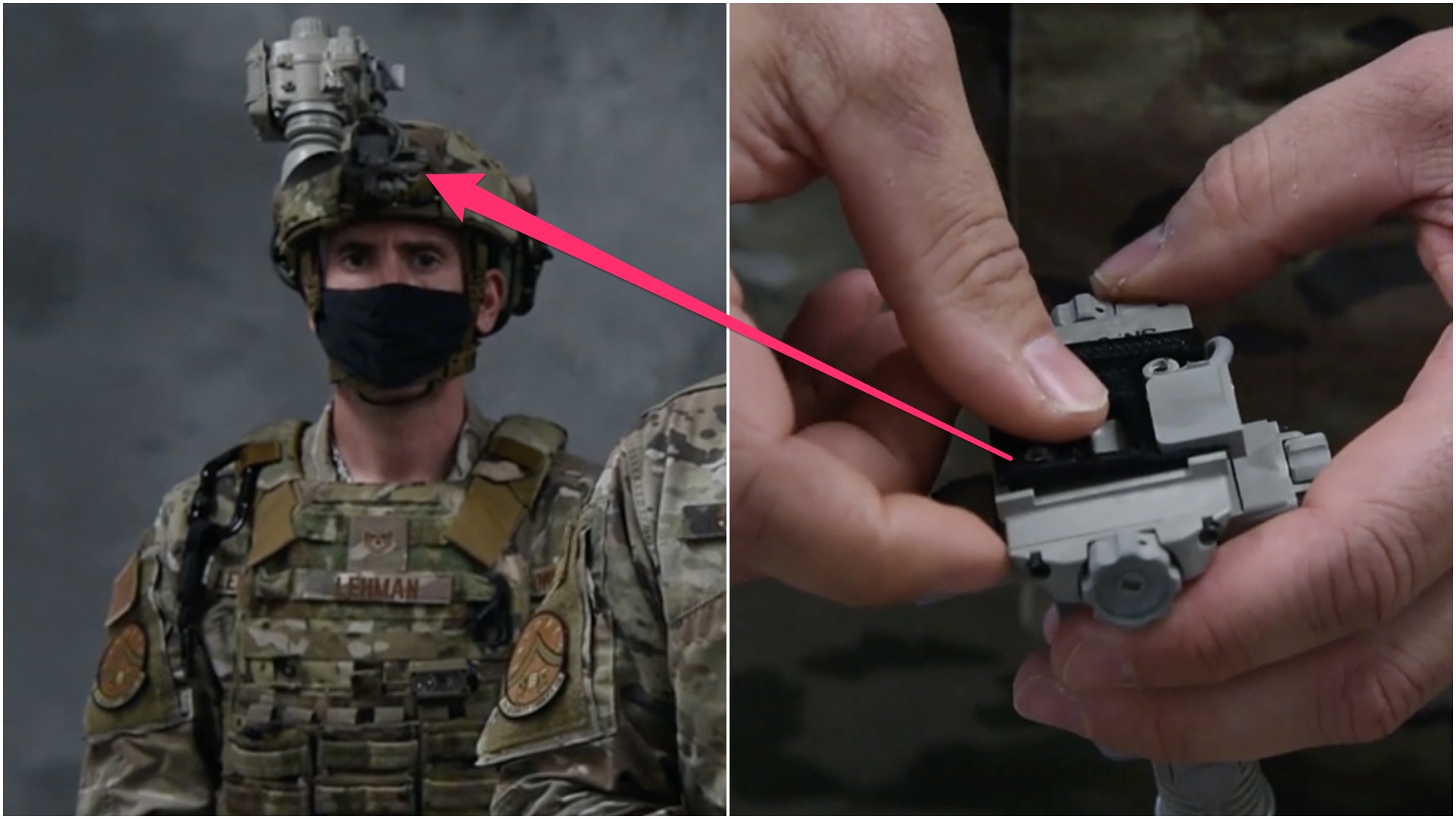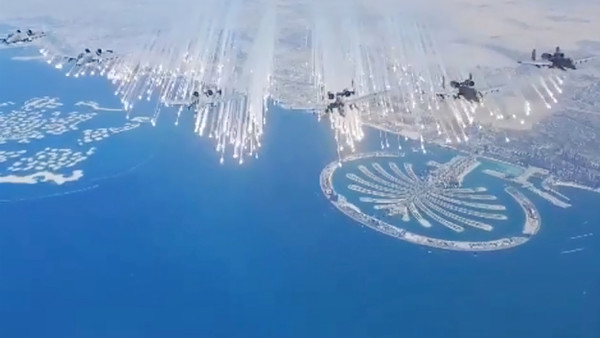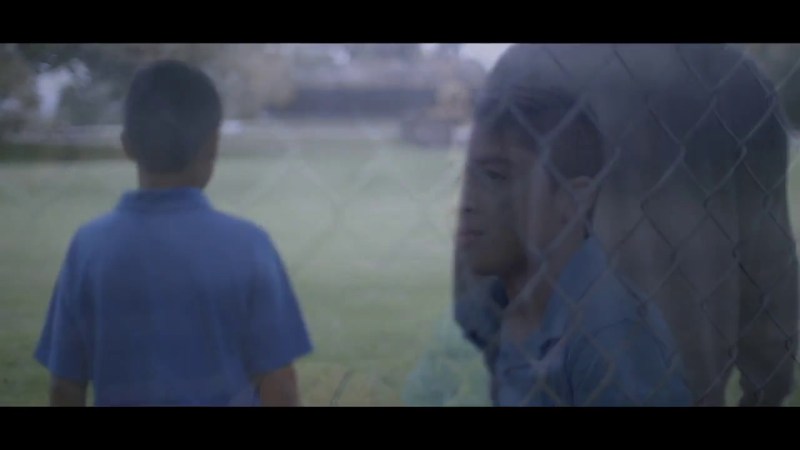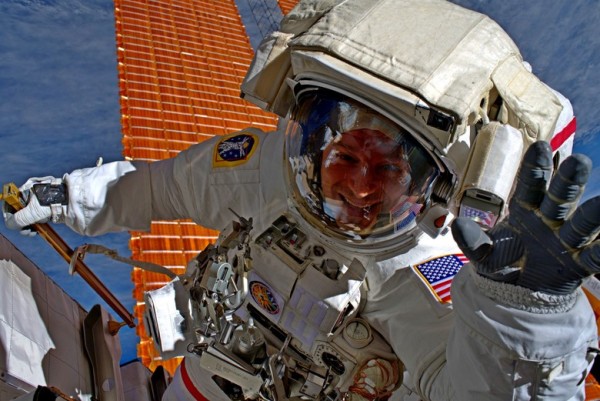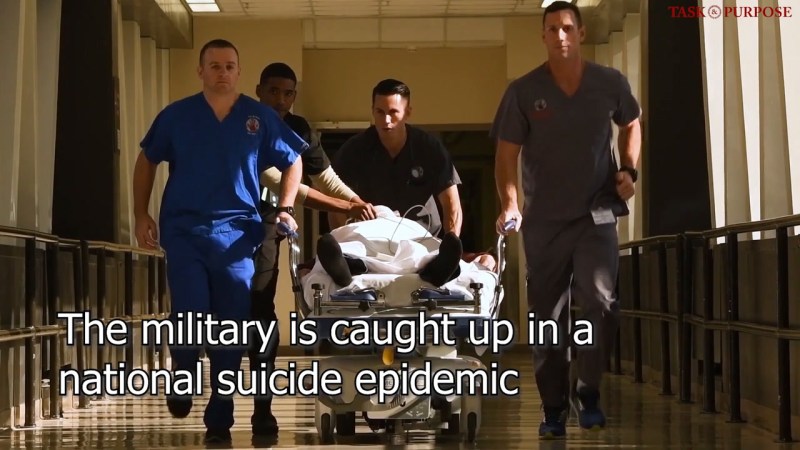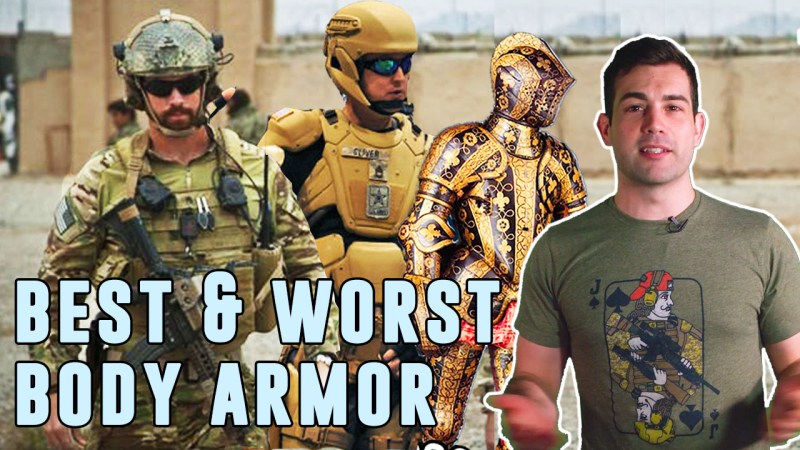A four-cent chunk of plastic doesn’t sound like revolutionary technology, but if put in exactly the right place and exactly the right time, then it can make a world of difference. That’s what Air Force Master Sgt. Shannon Fulmer proved this fall when he invented a homemade “helmet mount spacer” that fixes a costly night vision problem in the service.
The helmet mount spacer is used to mount the cutting-edge PSQ-20B Enhanced Night Vision Goggle onto the combat helmets worn by Fulmer and his fellow security forces airmen (the Air Force equivalent of military police). Before this, defenders, as security forces airmen are called in the Air Force, were using the older PVS-14 night vision goggles because they simply could not mount the newer PSQ-20B ENVGs to the front of their helmets.
The helmets have “an integral NVG helmet mount that cannot be removed,” Capt. Kayshel Trudell, chief of public affairs for the 7th Bomb Wing at Dyess, told Task & Purpose.
That’s a problem because the PSQ-20Bs are really cool: they can merge night vision and thermal imaging into a single image that allows users to see in very low light and see far better than through the blotchy green view presented by the 20-year-old PVS-14s. Also, the PSQ-20Bs are expensive: about $19,000 a piece, Fulmer said in a video promoting his invention.
“Despite the fact that we have both sets [of night vision goggles] in inventory, we’re not using the PSQ-20s because they don’t mount to our standardized security forces helmet,” Fulmer said.

In fact, some security forces squadrons had even started to “DRMO” the PSQ-20Bs, the airman said. That means they took the devices to the Defense Reutilization and Marketing Office, the legacy name for what is now called the Defense Logistics Agency Disposition Services, the military organization that takes equipment a unit cannot use anymore and sells it, scraps it or reassigns it to another unit.
It might surprise readers to think that the Air Force would spend tens of thousands of dollars on new night-vision equipment without checking to see if the PSQ-20Bs can actually be mounted on airmen’s helmets, but it’s true. The service announced last year that it would be switching from the older Advanced Combat Helmet to a next-generation ballistic helmet in part because the new helmets are easier to modify for different mission sets.
“Defenders perform a variety of duties around the globe, anything from guarding bases in combat environments to protecting nuclear armament,” said Air Force Master Sgt. Markus Nelson, an equipment manager, in a press release about the helmets. “In alignment with the Security Forces Enterprise Plan, we had to find a solution to have one standard helmet that would keep all security forces defenders lethal and ready, no matter the task.”
Nelson went on to say that the plan is to distribute the helmets and other advanced equipment to “more than 38,000 defenders across the Air Force for the next five to 10 years.” That means units like the 7th Security Forces Squadron at Dyess may be stuck with the advanced combat helmets for a little while longer. What to do? Fulmer had an idea.
On Sept. 30, the airman hot-glued several washers into the helmet mount adaptor, which allowed the PSQ-20B to attach to the helmet, Fulmer explained. It worked, so he then spent a weekend designing and drawing schematics “for a more professional looking solution we could 3D print,” he said.

In less than a week, Fulmer reached out to the Dyess Air Force Base Innovation Cell, where Staff Sgt. Daniel Brewer used the in-house 3D printers to crank out a rudimentary helmet mount spacer that worked and looked way better than the hot-glued one. Then Fulmer learned that one of his airmen, Staff Sgt. Kelvin Moreno, had several 3-D printers in his garage as a hobby. Together, they “experimented with several different spacer thicknesses until we nailed down the final design” on October 15, Fulmer said.
The helmet mount spacer is a big deal because it just takes a few cents and a few minutes to print out and attach the PSQ-20Bs to the helmet, thereby allowing security forces airmen to use the advanced goggles and sparing them from DRMO. The spacer has been in field testing since the design was finalized and will continue to be until mid-December, Trudell explained. But if all goes well, Fulmer plans for the entire 200-strong 7th Security Forces squadron to install them on their helmets at a whopping cost of four dollars.
The 7th may be just the first of many squadrons to adopt the spacer: Fulmer said his people can send other units the digital files for 3D printing the spacers themselves. The airman also submitted the device to compete in the 2022 Air Force Spark Tank competition, an annual contest where airmen “pitch innovative solutions to operational problems,” according to the Air Force. The competition is a platform for airmen to get their ideas adopted by the service on a wide scale.
“At just four cents a part with a savings of $19,000 each, you just can’t beat it,” Fulmer said in his pitch video. “But wait, there’s more: PSQ-20s on the heads of our defenders make us a more capable and more lethal security forces enterprise.”

Besides saving money and enabling defenders, Fulmer’s invention represents grass-roots innovation that Air Force leaders are trying to encourage among their junior enlisted and commissioned members. At the largest Air Force conference of the year, the service’s top officer, Gen. Charles “CQ” Brown Jr., used his keynote speech to attack the “bureaucracy” which often gets in the way of the branch’s efforts to prepare for a war with China.
“To overcome these challenges, we must transform our culture to one that values innovation, collaboration and accountability,” Brown said on September 20 at the Air Force Association’s Air, Space, and Cyber Conference. “We must move with a sense of urgency today in order to rise to the challenges of tomorrow. Because the return to strategic competition is our nation’s greatest challenge.”
That part of the strategy comes down to everyday airmen like Fulmer, whose annual salary is easily dwarfed by the amount of money his helmet mount spacer might save the Air Force. Equally important are open-minded leaders who allow inventions like his to grow and make an impact. In a Facebook post on Monday, Chief Master Sergeant of the Air Force JoAnne Bass made a similar point.
“Nothing kills great initiatives faster than a needlessly over-complicated process,” Bass wrote while highlighting Fulmer’s invention. “His leadership didn’t wait for an [Air Force regulation] or a policy to roll this out to the Team Dyess Defenders. They accelerated change and made it happen!”
For his part, Fulmer’s proud to help out his fellow security forces airman.
“The ENVGs and the mount spacers are performing well in our field testing and I do not foresee the need to change the design,” he said. “This has been an excellent opportunity to innovate adaptable technology to benefit all defenders for the future fight.”
Correction: This story has been updated to reflect the fact that the Defense Reutilization and Marketing Office, also known as “DRMO,” is now called Defense Logistics Agency Disposition Services
More great stories on Task & Purpose
- A Marine actually got a tattoo based on that cringe viral ‘He’s a Marine’ TikTok video
- Meet the Army sergeant who ran a makeshift orphanage in Kabul to care for children during the evacuation
- Hollywood is already making a movie about the Afghanistan withdrawal
- No ‘surrender’ — What really happened between US and British Marines at a training exercise
- Marine Corps throws cold water on fighter jet rides for reenlistment
- A woman just graduated the US Army’s sniper school for the first time ever
Want to write for Task & Purpose? Learn more here and be sure to check out more great stories on our homepage.

